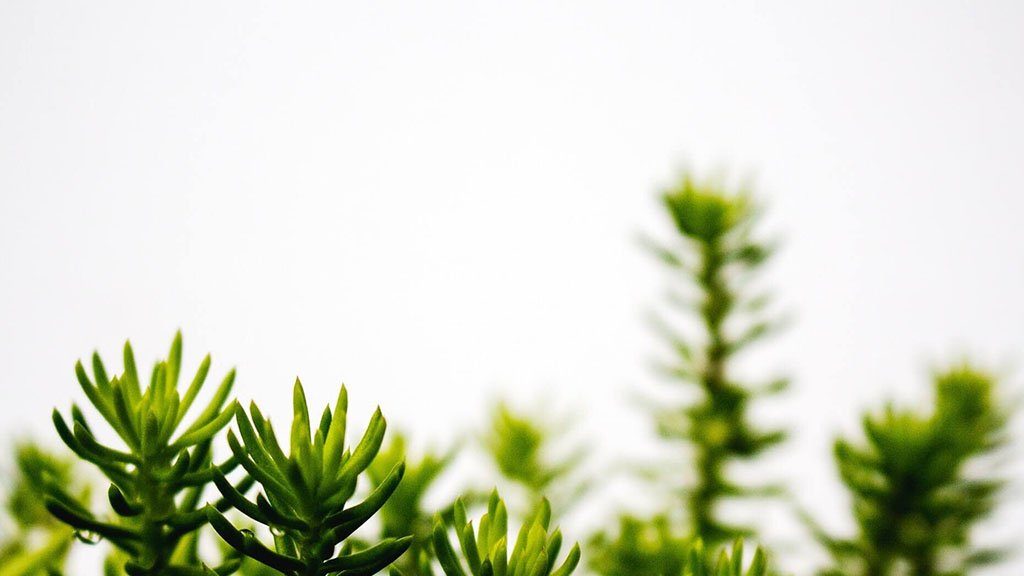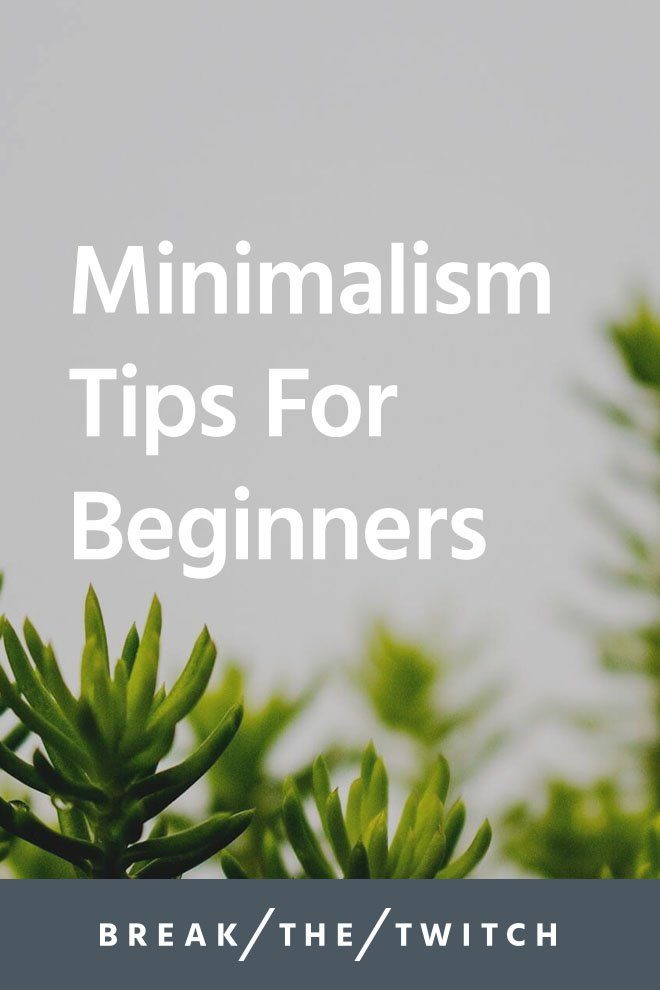
When Amy and I first learned about minimalism, it felt intimidating. Looking back, I realize it didn’t need to be—and hopefully, these minimalism tips for beginners will be helpful to anyone who feels that way.
Whether you’re a beginner to minimalism or in the midst of decluttering, it’s common to feel like the process is an overwhelming project that never ends. That was certainly the case when we first started on our minimizing journey several years ago.
What we found was minimizing got easier with time, and all the hard work was absolutely worthwhile.
Embracing minimalism principles in our lives was what enabled us to create the space—physically, mentally, financially and temporally—to do more of what mattered to us. To this day, minimalism continues to be a driving part of the framework we use to do more of what matters to us.
I’d like to share these minimalism tips for beginners to help you create space to do more of what matters.
1 / Prioritize mindset over matter
When you’re starting out, it can be easy to focus on the physical matter. After all, it’s all about decluttering the stuff around our home, right?
In reality, it’s really about building the mindset over matter—the idea of minimizing distractions on an everyday basis. The idea of consistently identifying and actively removing distractions from your life, maintaining it just like you would with weeds in a garden.
Developing the mindset is what will keep you going, far longer than wanting to get rid of stuff. As you go along, it will get easier and easier to build the mindset and make those decluttering decisions.
Ready to take action with secret member-only content and community resources? Join Attention Collective, our online community of like-minded humans from around the world, and get full access immediately. See you inside!
2 / Choose a system and stick to it
There are many methods and ways to declutter, but it’s best to choose a system to start out. Here are some popular decluttering methods to learn about. Try them out and explore what works best for you.
Sticking to a system at the beginning helps to develop the mindset and keep up the momentum of decluttering. What ended up working best for Amy and me was the minsgame, but we didn’t realize it was until we finished the first round and then a second round. We needed to stick with it for a while before we saw the benefits.
As you get further along, you can change it up. You’ll eventually figure out what methods work best for where you are in your journey. These days, we simply declutter little things here and there as we go along, with maybe one or two bigger decluttering sessions each year depending on what’s going on.
3 / Remember slow and steady
Especially towards the beginning, it can feel like nothing is really happening. The clutter in the room may still be there, the drawers still crammed with too many items, the basement full of boxes of who knows what. On the flip side, it can also feel amazing to clear off surfaces and closets and to sell, donate, or get rid of things. But it’s really not about that.
What makes the biggest impact is the small and continuous decisions you make on minimizing distractions over time.
The impact really does add up. We’re several years in at this point of minimizing what no longer is working for us, and have seen drastic changes in our beliefs, living spaces and how we spend our time. Looking back, minimalism has been essential in our being able to do more of what matters to us and I only expect future changes as we continue to minimize, explore and learn more in the years to come.
4 / Find your own “look”
While you can take inspiration from other people’s living spaces, don’t feel the pressure to have your home look a certain way. It’s a common minimalism mistake to think that minimalism needs to look like the white-walled, sparse, model home that’s often portrayed in magazines, videos and other websites. It’s a little ironic, but I’ve seen people buying these trendy looking items in their efforts to be more minimalist.
Remember that form follows functionality, and it doesn’t look the same for everyone. Focus on functionality and developing a space that makes you feel inspired, productive and creative on a regular basis. Use what you have and love, and get rid of the rest through donating, selling, recycling or throwing away. Don’t buy something just for appearances. If you do buy something, buy what adds value to your life and helps you do more of what matters.
5 / Start with the easy stuff
This one is the most important out of all the minimalism tips for beginners. During our decluttering process, Amy and I inevitably came across things we didn’t feel like we could get rid of at the time. Many of them were sentimental items; some of them weren’t. Most likely, you’ll come across these items as well.
If you spend more than a couple minutes thinking about whether or not you want to get rid of something, simply move on to the easier items. Start with paper clips, business cards, or magazines—whatever you need to get started. Hold off on the sentimental or sticky items for later on.
Instead of getting stuck on a certain thing, this strategy helped us continue our momentum and keep building our decluttering muscles. What we found was it got easier and easier to get rid of the harder stuff. With our muscles more built, we were able to let go of the harder stuff later on in the process.
6 / Reconnect with your “why”
At some point, you’ll likely encounter challenging moments during the decluttering process.
During these moments, it’s helpful to go back to the reason why you’re doing all this. What are you creating the space for? It could be to pay off debt and create more living space instead of storage space. It could be to travel more, feel less stressed, or to make more time for loved ones. Whatever it is, reconnecting to your “why” can help you push through the tough times during the minimizing process.
In the end, what’s most important is that you keep on exploring what minimalism looks like for you and creating space for what matters. Even after we successfully decluttered many items, we still found more to get rid of in the following years with life changes and other events. Even now, we still find these six tips helpful to revisit. Really, these aren’t just minimalism tips for beginners; they can be reminders as we change, evolve and grow throughout our lives.

